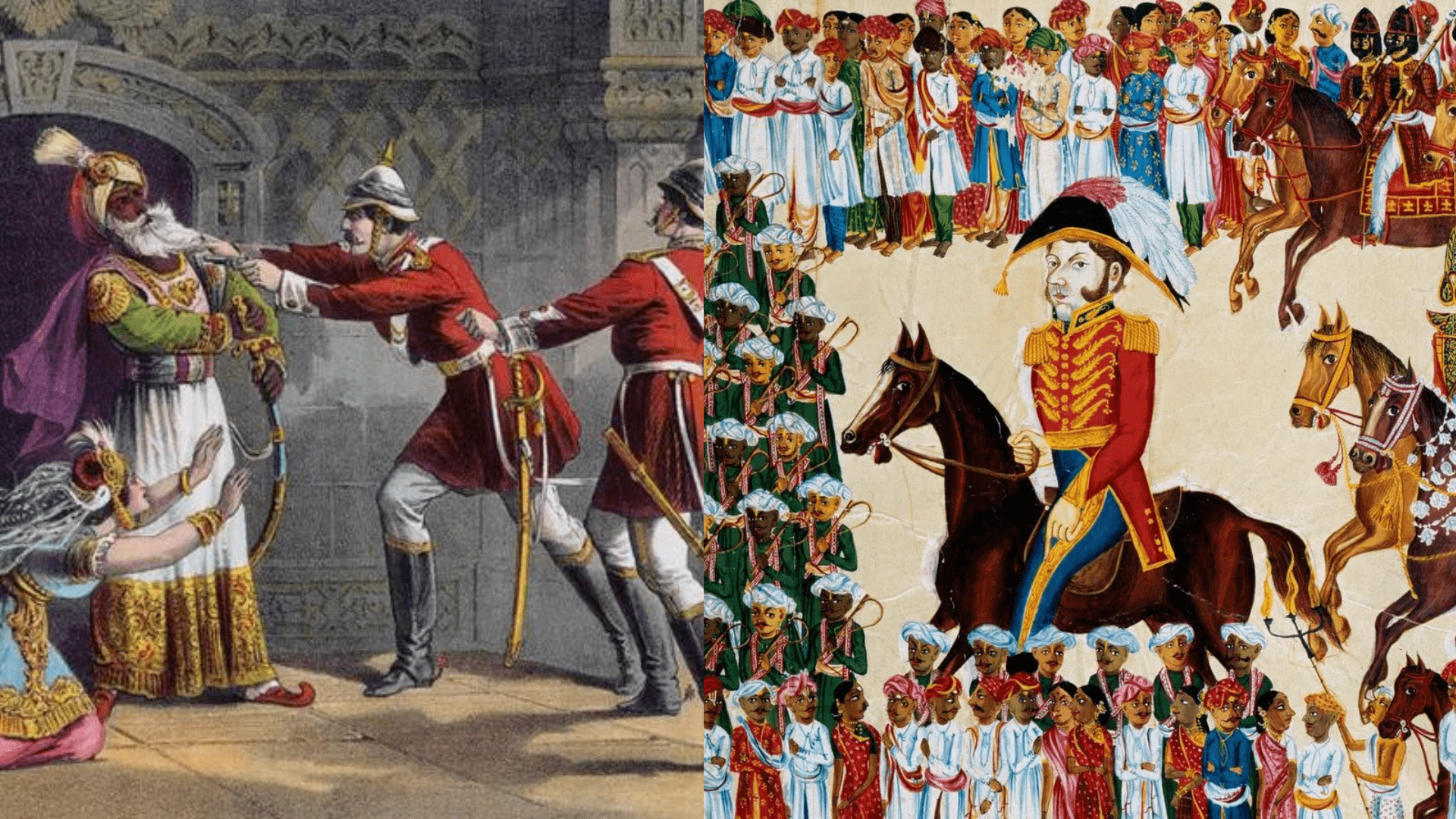Introduction
Delving into the historical fabric, we unravel the intricate tapestry of discontent during the 1870s and 1880s under British rule. This article meticulously examines the multifaceted reasons that fueled dissatisfaction, providing an insightful journey through a crucial epoch.
The Complex Landscape of Discontent
British Economic Policies
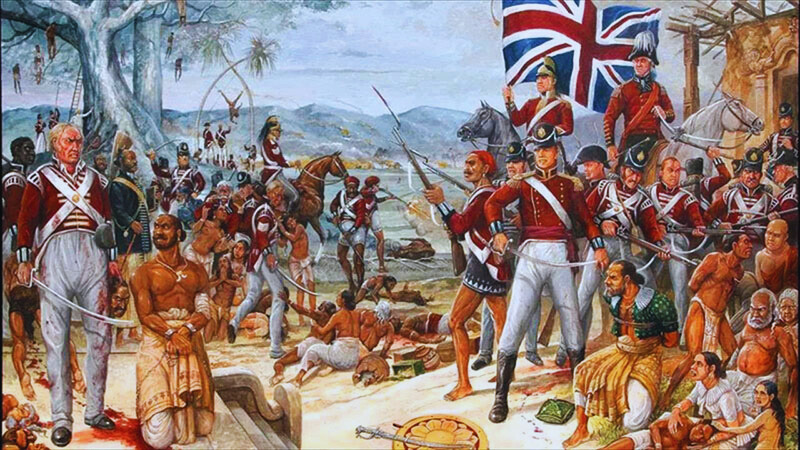
Delving into the heart of discontent during the 1870s and 1880s, the economic policies imposed by the British played a pivotal role in fostering dissatisfaction among the populace. This section unravels the intricacies of these policies and their profound impact.
1. Taxation Woes:
British economic policies brought forth a burden of heavy taxation on the local population. The exorbitant taxes levied by the colonial rulers contributed significantly to the economic struggles faced by individuals and communities alike.
2. Trade Regulations Stranglehold:
The stringent trade regulations enforced by the British proved to be a stranglehold on local economies. The limitations imposed on indigenous trade practices hindered economic growth, leading to widespread financial hardship.
3. Exploitative Economic Practices:
The economic exploitation under British rule extended beyond taxes and trade regulations. The British exploited the resources of the Indian subcontinent, draining wealth and leaving the local populace impoverished.
4. Impacts on Agriculture:
The agrarian sector bore the brunt of British economic policies. The introduction of the land revenue system led to exorbitant taxes on farmers, pushing them into a cycle of debt and contributing to discontent in rural areas.
5. Wealth Drain:
A significant grievance stemmed from the drainage of wealth from India to Britain. The economic policies facilitated the siphoning off of resources, leaving the Indian economy in a state of perpetual imbalance.
6. Limited Economic Opportunities:
British rule restricted economic opportunities for the local population. The dominance of British industries marginalized indigenous businesses, stifling growth and perpetuating dissatisfaction.
In conclusion, the economic policies imposed by the British in the 1870s and 1880s were a primary source of discontent. The burden of heavy taxation, exploitative practices, and restrictions on trade and economic opportunities collectively fueled the flames of dissatisfaction, setting the stage for broader resistance against colonial rule. Understanding these economic dynamics is essential for comprehending the complex tapestry of historical discontent during this period.
Cultural Insensitivity
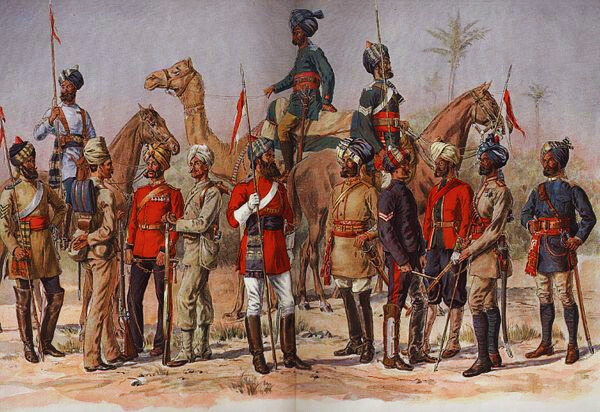
As we navigate the historical landscape of the 1870s and 1880s, one cannot overlook the pervasive issue of cultural insensitivity perpetuated by British rule. This section peels back the layers to expose the profound impact of such insensitivity on the collective dissatisfaction of the populace.
1. Imposition of Western Values:
A significant source of discontent stemmed from the imposition of Western values on a culturally rich and diverse society. British authorities disregarded local customs, traditions, and practices, fostering a sense of cultural erosion.
2. Disrespect for Religious Practices:
British rule demonstrated a lack of respect for the religious practices of the Indian populace. Places of worship were often desecrated, and religious sentiments were ignored, contributing to heightened resentment.
3. Language Suppression:
The imposition of English as the primary administrative language marginalized indigenous languages. This linguistic insensitivity created barriers to communication and further alienated communities.
4. Erosion of Traditional Industries:
The British pursuit of economic interests led to the erosion of traditional industries. The disregard for indigenous crafts and trades not only stifled economic growth but also eroded cultural identities tied to these practices.
5. Discrimination in Social Settings:
Cultural insensitivity manifested in discriminatory practices in social settings. British officials often exhibited prejudiced behavior, creating a social hierarchy that exacerbated existing divisions and fueled discontent.
6. Impact on Cultural Heritage:
The indiscriminate appropriation and removal of cultural artifacts and treasures by the British had a profound impact on cultural heritage. The loss of these treasures intensified the sense of cultural violation.
In summary, cultural insensitivity during the 1870s and 1880s played a pivotal role in fostering dissatisfaction with British rule. The imposition of Western values, disrespect for religious practices, language suppression, erosion of traditional industries, social discrimination, and the impact on cultural heritage collectively fueled a sense of loss and alienation. Understanding these cultural dynamics is essential for grasping the intricate web of discontent that defined this historical period.
Land Revenue System Woes
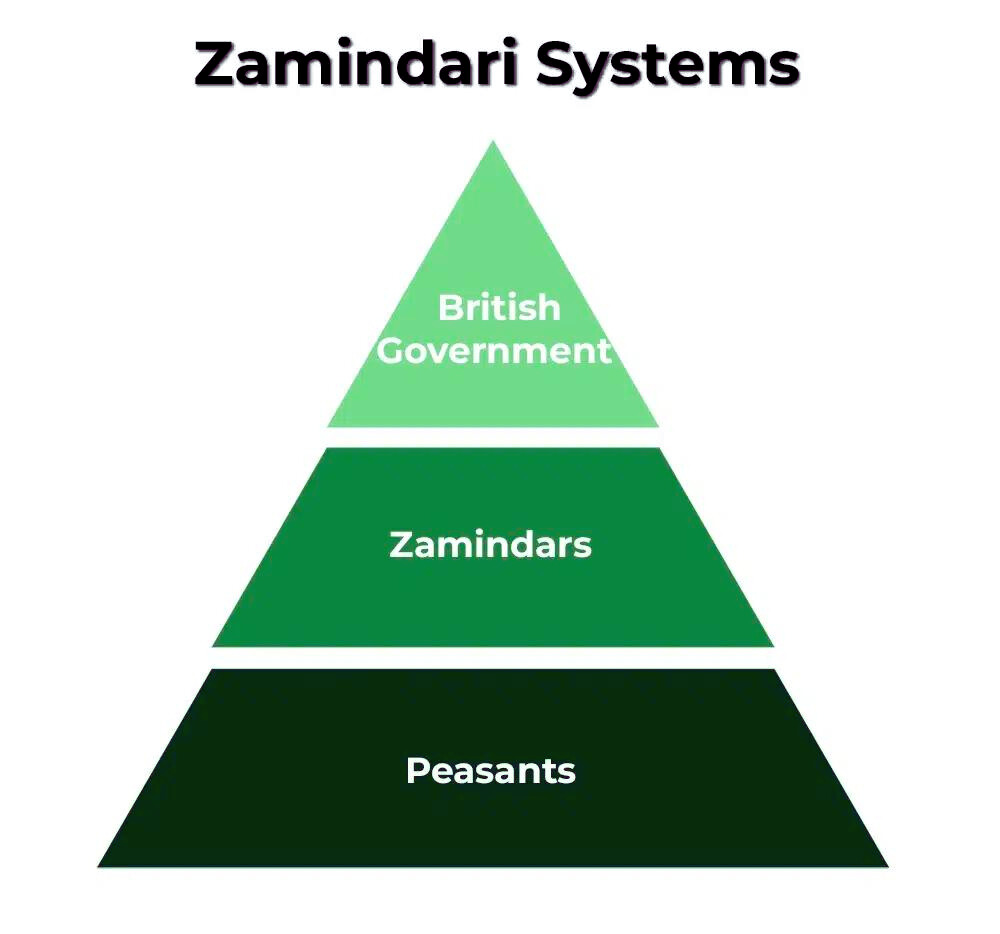
Unraveling the layers of discontent during the 1870s and 1880s, the oppressive Land Revenue System implemented by the British emerged as a significant catalyst. This section delves into the intricacies of the system and its profound impact on the dissatisfaction of the local populace.
1. Burden of Exorbitant Taxes:
At the heart of the dissatisfaction was the burden of exorbitant taxes imposed through the Land Revenue System. Peasants found themselves shackled by heavy levies, often surpassing the economic returns from their toil on the land.
2. Unjust Assessment Methods:
The system’s assessment methods were often unjust and arbitrary, leading to overestimation of land value and subsequent higher tax burdens. This unjust taxation fueled agrarian unrest, creating a breeding ground for discontent.
3. Cycle of Indebtedness:
Peasants, unable to bear the weight of exorbitant taxes, often found themselves trapped in a cycle of indebtedness. The Land Revenue System contributed to the economic exploitation of the farming community, further fueling dissatisfaction.
4. Lack of Flexibility:
The rigidity of the Land Revenue System offered little flexibility to farmers facing crop failures or economic hardships. This lack of adaptability exacerbated the economic struggles of the agrarian population.
5. Impact on Livelihoods:
The direct impact on livelihoods cannot be understated. The Land Revenue System, designed to extract maximum revenue, often left farmers impoverished, leading to a decline in overall agricultural productivity.
6. Resistance and Uprisings:
The dissatisfaction with the Land Revenue System gave rise to various forms of resistance and uprisings. Peasant communities, burdened by oppressive taxes, sought avenues to voice their grievances and resist the exploitative system.
In conclusion, the Land Revenue System of the 1870s and 1880s became a symbol of economic oppression and agrarian discontent under British rule. Its impact on the livelihoods of the farming community was profound, contributing significantly to the broader dissatisfaction that fueled resistance movements during this pivotal period in history. Understanding the nuances of this system is crucial for comprehending the complex socio-economic fabric of the time.
Administrative Arbitrariness
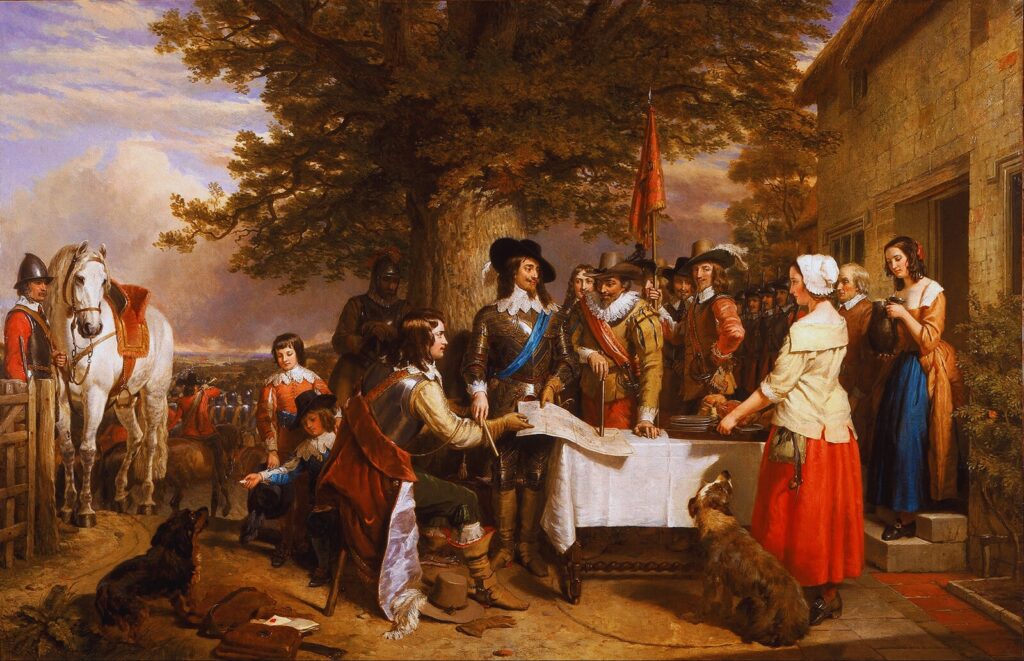
Within the tapestry of dissatisfaction during the 1870s and 1880s, the specter of administrative arbitrariness loomed large. This section dissects the arbitrary nature of British rule, exploring the unjust laws and biased decisions that fueled widespread discontent.
1. Unjust Laws and Regulations:
One of the primary sources of dissatisfaction was the imposition of unjust laws and regulations by the British administration. These laws often favored colonial interests, sidelining the rights and needs of the local population.
2. Biased Administrative Decisions:
Administrative decisions were marred by bias, further exacerbating grievances. The lack of impartiality in governance led to systemic discrimination, leaving many individuals and communities feeling marginalized.
3. Lack of Representation:
The absence of local representation in the administrative machinery heightened dissatisfaction. Decisions affecting the populace’s lives were made without adequate input from those directly impacted, fostering a sense of disenfranchisement.
4. Suppression of Dissent:
Administrative arbitrariness extended to the suppression of dissenting voices. Those who dared to voice grievances or resist unjust policies often faced punitive measures, creating an atmosphere of fear and further stifling opposition.
5. Erosion of Local Autonomy:
The arbitrary actions of the administration eroded local autonomy. Communities were often subjected to decisions made in distant colonial offices, diminishing their ability to govern themselves and contributing to a sense of powerlessness.
6. Seeds of Resistance:
The discontent sown by administrative arbitrariness planted the seeds of resistance. Individuals and communities, aggrieved by biased decisions, began to organize against the arbitrary exercise of power, laying the groundwork for broader movements.
In summary, administrative arbitrariness was a significant factor contributing to dissatisfaction with British rule in the 1870s and 1880s. The imposition of unjust laws, biased administrative decisions, lack of representation, suppression of dissent, and erosion of local autonomy collectively fueled the flames of discontent. Understanding the impact of administrative actions is crucial for unraveling the complexities of resistance during this critical period in history.
Voices of Dissent: Civil Movements and Uprisings
Emergence of Civil Movements

Amidst the backdrop of discontent during the 1870s and 1880s, a transformative force began to shape the narrative—the emergence of civil movements. This section unravels the dynamics of these movements, their catalysts, and their pivotal role in channeling collective dissatisfaction into organized resistance.
1. Articulation of Grievances:
Civil movements in this period were characterized by the articulate expression of grievances. Leaders such as Dadabhai Naoroji emerged as vocal advocates, eloquently presenting the grievances of the people and laying bare the injustices under British rule.
2. Formation of Societies and Associations:
To amplify their voices, individuals began forming societies and associations. These platforms provided a space for like-minded individuals to collaborate, strategize, and collectively address the various facets of dissatisfaction.
3. Advocacy for Reform:
Civil movements were not just expressions of discontent; they were fervent advocates for reform. Leaders sought tangible changes in policies, laws, and administrative practices, aiming to address the root causes of dissatisfaction.
4. Grassroots Mobilization:
A distinctive feature of civil movements was their ability to mobilize at the grassroots level. They engaged with diverse segments of society, transcending regional and cultural boundaries to create a united front against British oppression.
5. Influence of Print Media:
The burgeoning print media played a crucial role in disseminating the messages of civil movements. Newspapers and pamphlets became powerful tools for shaping public opinion, garnering support, and fostering a sense of collective identity.
6. Paving the Way for Resistance:
Civil movements laid the groundwork for broader resistance against British rule. By providing a platform for articulating grievances, fostering unity, and advocating for change, these movements became catalysts for the transformative shifts that would follow.
In conclusion, the emergence of civil movements during the 1870s and 1880s marked a turning point in the struggle against British rule. These movements not only voiced the dissatisfaction of the people but also sowed the seeds for organized resistance. Understanding the role of civil movements is essential for appreciating the collective efforts that paved the way for India’s eventual quest for independence.
Revolt of 1857 Echoes
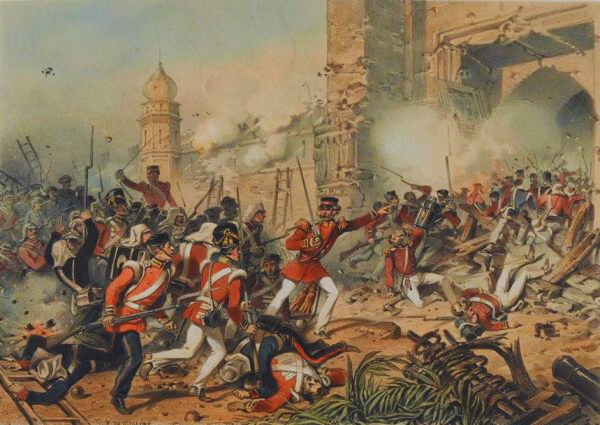
The echoes of the Revolt of 1857 reverberated through the subsequent decades, leaving an indelible impact on the socio-political landscape of the 1870s and 1880s. This section delves into how the reverberations of the 1857 revolt influenced the collective dissatisfaction and resistance against British rule.
1. Lingering Sentiments of Rebellion:
The Revolt of 1857, although suppressed, left behind lingering sentiments of rebellion. The resilience displayed by those who participated in the revolt inspired future generations, contributing to a spirit of defiance against colonial oppression.
2. Shaping the Discourse of Dissent:
The narratives of heroism and sacrifice that emerged from the 1857 revolt became foundational elements in shaping the discourse of dissent. The stories of resistance served as rallying points for those dissatisfied with British rule, providing a historical precedent for opposition.
3. Symbolism of Mutiny Leaders:
Leaders of the 1857 mutiny, such as Rani Lakshmibai and Bahadur Shah II, became symbolic figures in the resistance against British rule. Their exploits and sacrifices were romanticized and memorialized, fostering a sense of nationalistic pride and resilience.
4. Impact on Military Dissatisfaction:
The disbandment and restructuring of the Indian military post-1857 created discontent among the sepoys. The echoes of the mutiny influenced the collective consciousness of the military, contributing to their dissatisfaction with British policies.
5. Paving the Way for Nationalism:
The Revolt of 1857 sowed the seeds of nationalism. The realization that diverse communities could unite against a common oppressor laid the foundation for the broader nationalist movements that would gain momentum in the subsequent decades.
6. Inspiration for Future Uprisings:
The tales of bravery and the spirit of resistance from 1857 inspired future uprisings. The notion that ordinary individuals could challenge imperial powers became a powerful motivating force for those seeking to break free from British subjugation.
In conclusion, the echoes of the Revolt of 1857 had a profound and lasting impact on the dissatisfied populace of the 1870s and 1880s. The spirit of rebellion, the symbolism of mutiny leaders, and the lessons learned from the events of 1857 played pivotal roles in shaping the trajectory of resistance against British rule. Understanding these echoes is essential for comprehending the historical continuum of dissent that defined this crucial period.
Nationalistic Stirrings
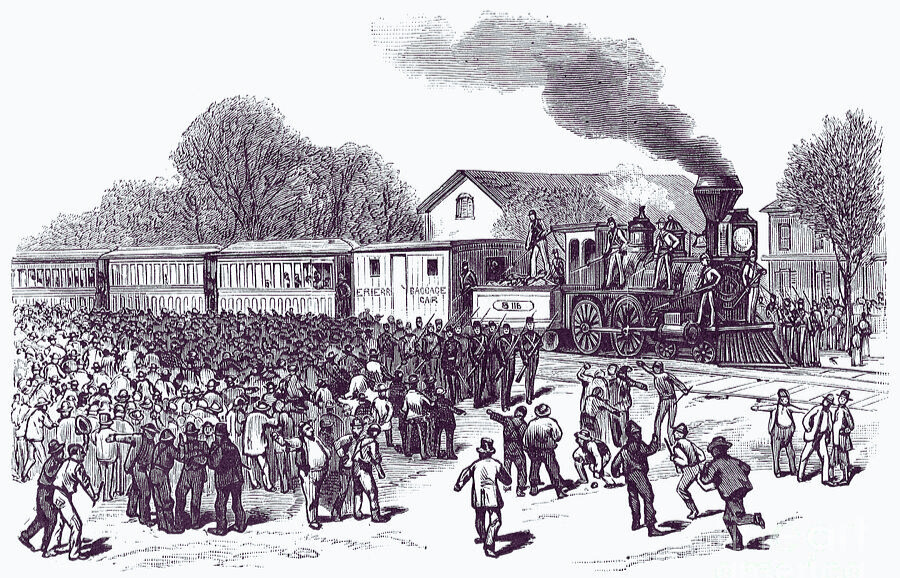
Within the tumultuous currents of dissatisfaction during the 1870s and 1880s, nationalistic sentiments began to stir, forming a crucial aspect of the resistance against British rule. This section explores the evolution of nationalistic fervor and its impact on shaping the collective consciousness.
1. Visionaries Paving the Way:
Visionaries such as Bal Gangadhar Tilak emerged as architects of nationalistic stirrings. They envisioned a united front against British oppression, advocating for a shared national identity that transcended regional and cultural differences.
2. Call for Swaraj:
The call for Swaraj, or self-rule, became a rallying cry for those dissatisfied with British dominion. Nationalistic leaders articulated the vision of an India governed by its people, free from foreign influence and exploitation.
3. Advocacy for Indigenous Traditions:
Nationalistic stirrings emphasized the importance of preserving and promoting indigenous traditions. Leaders advocated for a return to cultural roots, viewing them as essential components of a strong and resilient national identity.
4. Unity in Diversity:
The idea of unity in diversity gained prominence within the nationalistic discourse. Leaders recognized the rich tapestry of India’s diverse cultures and religions as a source of strength, fostering a sense of inclusivity among dissatisfied communities.
5. Resistance Through Passive Means:
Nationalistic leaders promoted the idea of non-violent resistance. Drawing inspiration from historical figures like Mahatma Gandhi, dissatisfied individuals began to see the power of passive resistance as a potent tool against British rule.
6. Fostering a Sense of Purpose:
Nationalistic stirrings fostered a sense of purpose and collective responsibility. Dissatisfied individuals, inspired by the vision of a self-reliant and culturally rich India, actively participated in movements aimed at achieving national rejuvenation.
In conclusion, the nationalistic stirrings of the 1870s and 1880s marked a pivotal phase in the resistance against British rule. Visionaries advocating for Swaraj, the promotion of indigenous traditions, unity in diversity, and non-violent resistance played instrumental roles in shaping the dissatisfied populace into a united front with a shared nationalistic purpose. Understanding these stirrings is essential for grasping the profound impact they had on the subsequent independence movement in India.
Why Were People Dissatisfied with British Rule in the 1870s and 1880s?
Social Injustice and Discrimination

At the heart of dissatisfaction during the 1870s and 1880s under British rule was the pervasive issue of social injustice and discrimination. This section delves into the various dimensions of this problem, exploring how discriminatory practices fueled discontent among diverse communities.
1. Caste-Based Discrimination:
British rule perpetuated existing caste-based discrimination, deepening social divides. The hierarchical caste system was exploited to maintain social control, leaving many dissatisfied individuals marginalized and oppressed.
2. Unequal Access to Opportunities:
Social injustice manifested in unequal access to educational and economic opportunities. Discriminatory policies favored certain classes, further entrenching socio-economic disparities and breeding discontent.
3. Racial Hierarchies:
The introduction of racial hierarchies by the British exacerbated social injustice. The preferential treatment of the British and their associates over the local population fueled resentment, creating a palpable sense of discrimination.
4. Divide and Rule Policies:
British administrators employed “divide and rule” strategies, exploiting existing social divisions for imperial advantage. This deliberate policy heightened tensions among communities, fostering a climate of suspicion and discontent.
5. Suppression of Social Movements:
Efforts to address social injustice were often met with suppression. Movements advocating for social reform and equality faced resistance from colonial authorities, hindering progress and intensifying dissatisfaction.
6. Cultural Marginalization:
The cultural marginalization of certain communities further exacerbated discontent. British policies often disregarded the rich cultural diversity of India, contributing to a sense of alienation among those whose traditions were sidelined.
In conclusion, social injustice and discrimination were fundamental sources of dissatisfaction during the 1870s and 1880s. The perpetuation of caste-based discrimination, unequal access to opportunities, racial hierarchies, divide-and-rule policies, suppression of social movements, and cultural marginalization collectively fueled a profound sense of injustice among diverse communities. Understanding these social dynamics is crucial for unraveling the complexities of resistance during this critical period in history.
Impact on Indigenous Industries
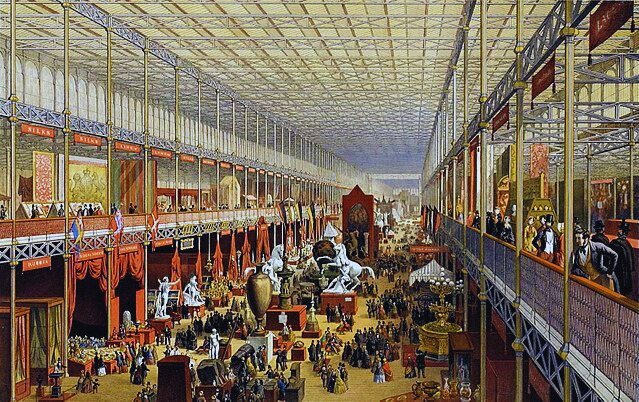
One of the profound impacts of British rule during the 1870s and 1880s was the adverse effect on indigenous industries. This section explores how British policies led to the decline of local crafts and industries, causing economic distress and contributing to the overall dissatisfaction of the populace.
1. Imposition of Machine-Made Goods:
British economic policies favored the importation of machine-made goods from Britain. This inundation of cheap, mass-produced items flooded the Indian market, overshadowing locally crafted goods and undermining indigenous industries.
2. Undermining Traditional Crafts:
Indigenous industries, rooted in traditional craftsmanship, faced a severe blow. The emphasis on British-manufactured goods led to a decline in demand for locally crafted products, pushing skilled artisans and craftsmen into economic hardship.
3. Economic Exploitation of Artisans:
Artisans and craftsmen found themselves economically exploited under British rule. The unequal economic policies favored British manufacturers, leaving indigenous artisans struggling to sustain their livelihoods.
4. Destruction of Cottage Industries:
Cottage industries, vital components of the Indian economy, faced destruction. The shift toward industrialization favored centralized production, sidelining the decentralized and community-based cottage industries that once thrived.
5. Disruption of Trade Practices:
Traditional trade practices were disrupted by British economic policies. The imposition of restrictive trade regulations and the preferential treatment of British goods disrupted established trading networks, contributing to economic disarray.
6. Loss of Economic Autonomy:
The decline of indigenous industries resulted in a loss of economic autonomy for local communities. Economic decisions were increasingly controlled by external forces, eroding the self-sufficiency that had characterized many regions.
In conclusion, the impact on indigenous industries was a significant factor in the dissatisfaction with British rule during the 1870s and 1880s. The imposition of machine-made goods, undermining traditional crafts, economic exploitation of artisans, destruction of cottage industries, disruption of trade practices, and the loss of economic autonomy collectively fueled economic distress and contributed to the broader discontent of the populace. Understanding these economic dynamics is crucial for comprehending the intricate tapestry of historical grievances during this critical period.
Educational Suppression

Educational suppression under British rule during the 1870s and 1880s played a significant role in fostering dissatisfaction among the populace. This section delves into how British policies marginalized indigenous knowledge, hindering social progress and breeding discontent.
1. Imposition of Western Education:
British authorities imposed a Western-centric education system that marginalized indigenous knowledge. The focus on British literature, history, and values often disregarded the rich cultural and intellectual traditions of India.
2. Limited Access for the Masses:
Access to education was limited, particularly for the masses. The educational system catered more to the elite, perpetuating social hierarchies and leaving a vast majority of the population without adequate educational opportunities.
3. Neglect of Vernacular Languages:
The neglect of vernacular languages in educational curricula further alienated communities. The imposition of English as the primary medium of instruction created linguistic barriers, hindering effective communication and understanding.
4. Suppression of Indigenous Educational Institutions:
Indigenous educational institutions were suppressed or replaced by British-controlled schools and universities. The rich network of traditional learning centers faced neglect, undermining the holistic education they provided.
5. Lack of Practical and Vocational Training:
The emphasis on theoretical knowledge in the British education system neglected practical and vocational training. This approach left many without the skills necessary for economic self-sufficiency, contributing to dissatisfaction.
6. Cultural Assimilation through Education:
The educational system became a tool for cultural assimilation. British values were often prioritized, leading to a generation that felt disconnected from its cultural roots and fostering a sense of cultural erosion.
In conclusion, educational suppression was a significant source of dissatisfaction during the 1870s and 1880s. The imposition of Western education, limited access for the masses, neglect of vernacular languages, suppression of indigenous educational institutions, lack of practical training, and cultural assimilation collectively fueled discontent. Understanding the impact of educational policies is crucial for unraveling the intricate layers of historical grievances during this pivotal period.
Conclusion
In conclusion, the dissatisfaction with British rule in the 1870s and 1880s was a complex interplay of economic, cultural, and social factors. Civil movements and uprisings marked the beginning of a collective resistance that would eventually shape the course of history. Understanding this period is crucial for comprehending the roots of India’s quest for independence.
Read also: Why Were Ryots Reluctant to Grow Indigo?
FAQs
Q: Were economic factors the primary cause of dissatisfaction?
While economic factors were significant, cultural insensitivity, administrative issues, and social injustice also played pivotal roles in fueling discontent.
Q: How did civil movements shape the narrative of dissatisfaction?
Civil movements provided a platform for articulating grievances and paved the way for more organized resistance against British rule.
Q: Was the dissatisfaction limited to a specific region?
No, dissatisfaction was widespread, with pockets of unrest across various regions, reflecting a collective yearning for change.
Q: Did the Revolt of 1857 influence dissent in the 1870s and 1880s?
Yes, the Revolt of 1857 cast a long shadow, influencing subsequent dissent and shaping the trajectory of resistance against British rule.
Q: How did nationalistic sentiments evolve during this period?
Nationalistic sentiments evolved through visionary leaders advocating unity against British oppression, fostering a sense of shared identity and purpose.
Q: Were there any positive outcomes of the dissent during this period?
While immediate outcomes were limited, the dissent laid the groundwork for future movements that eventually led to India’s independence.
